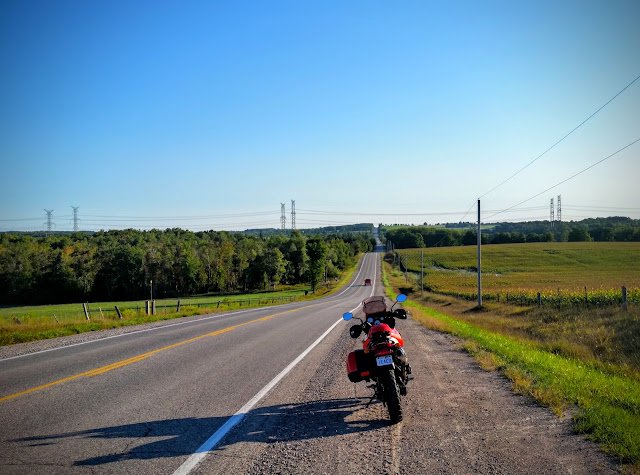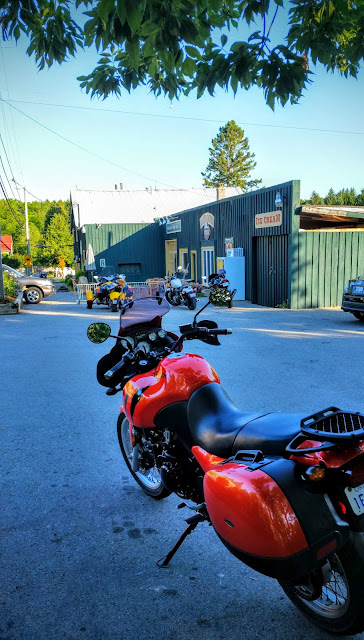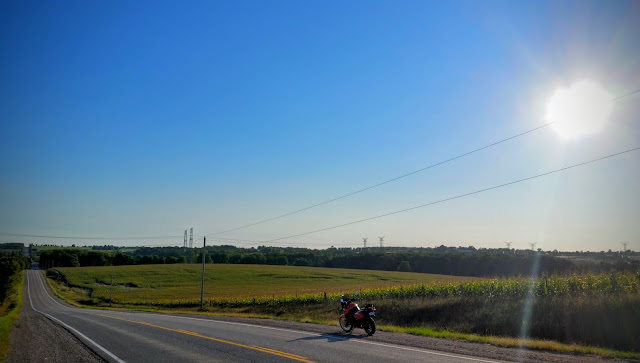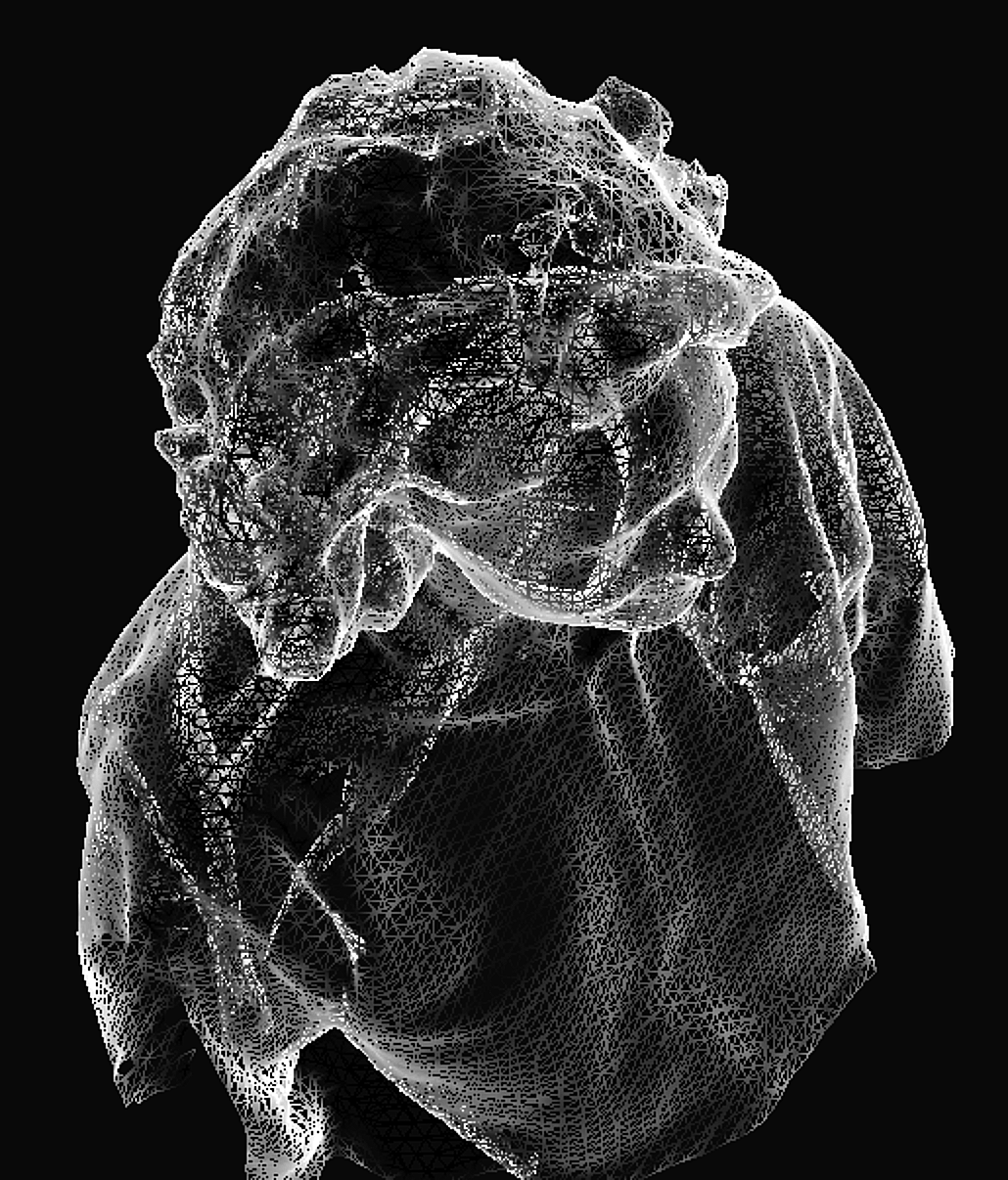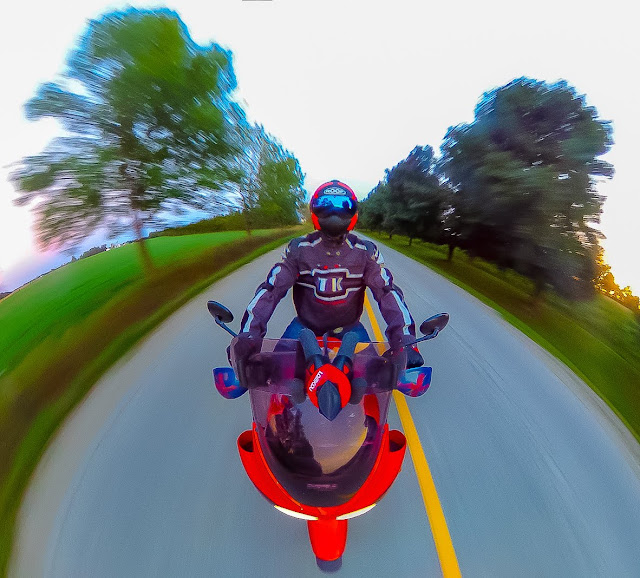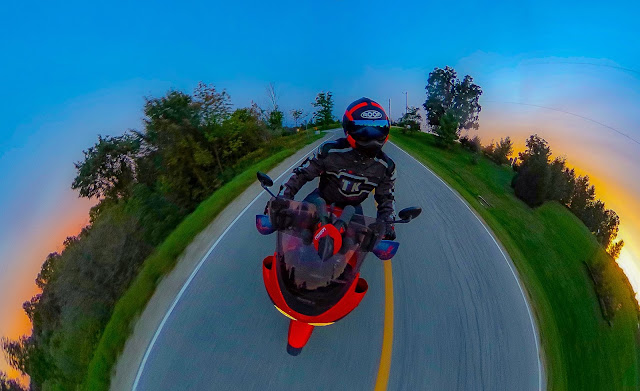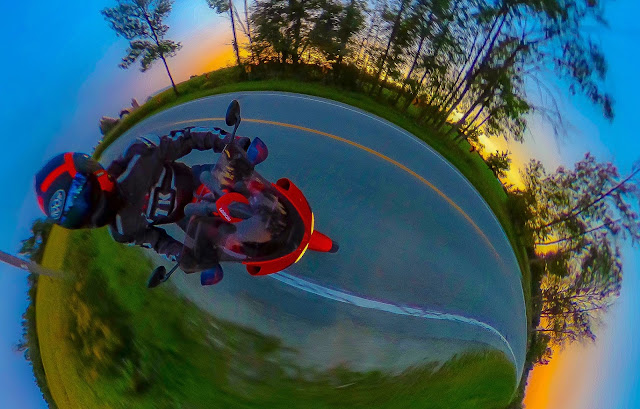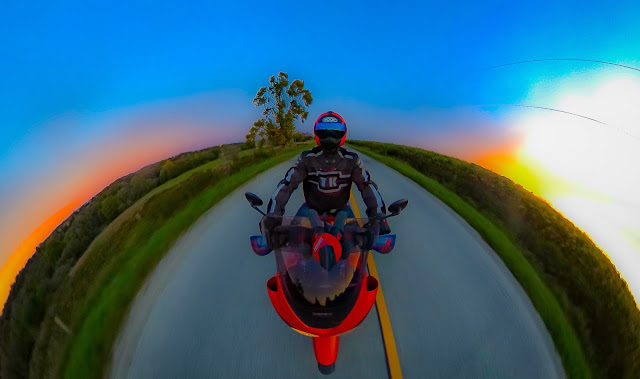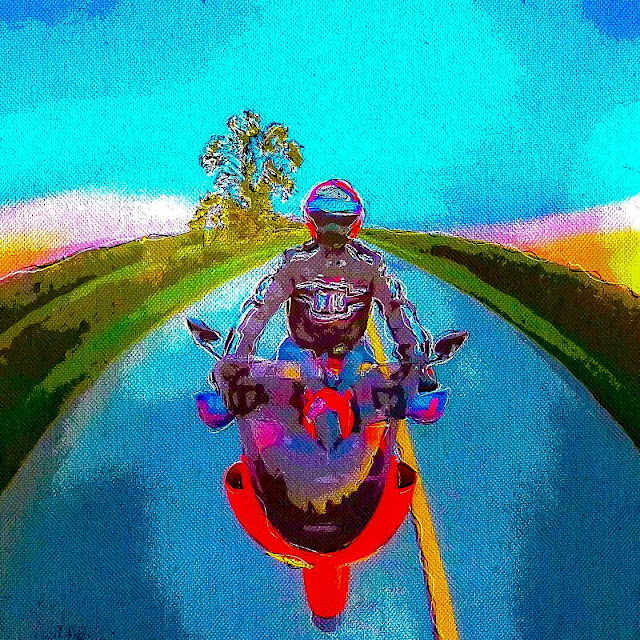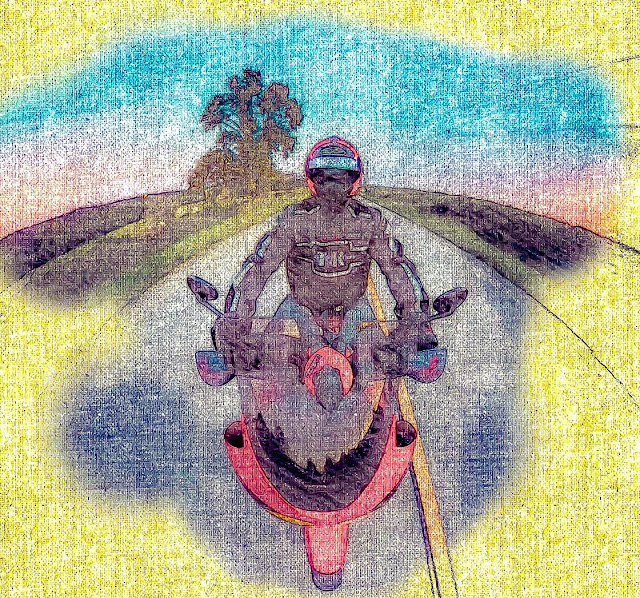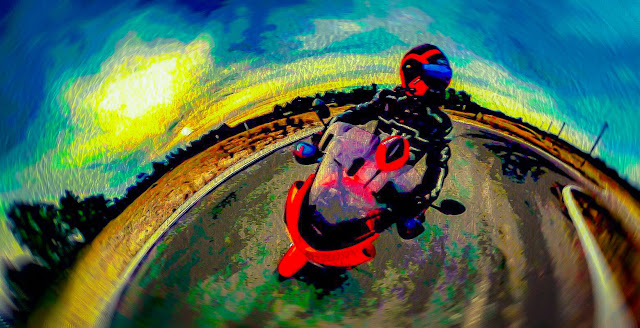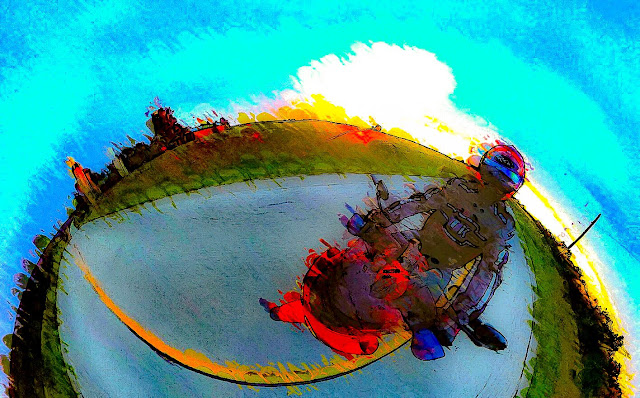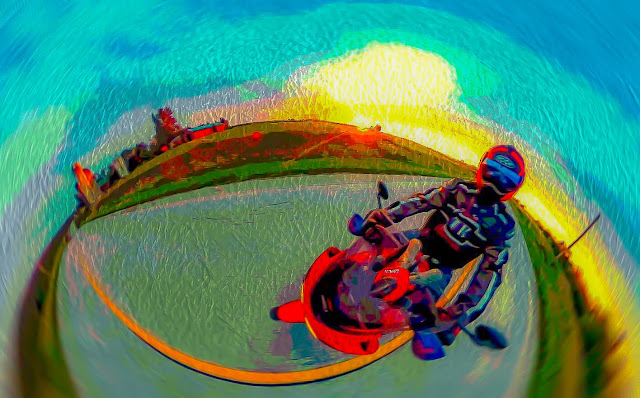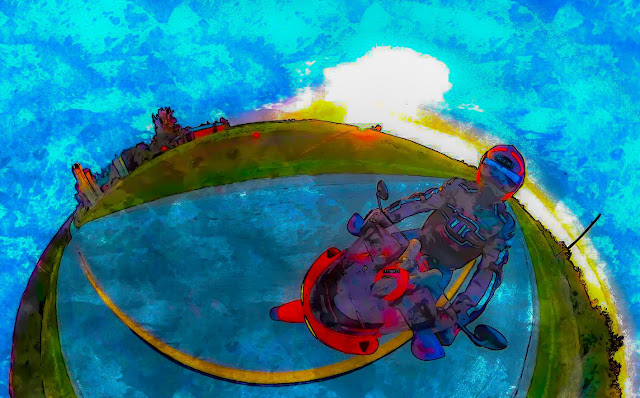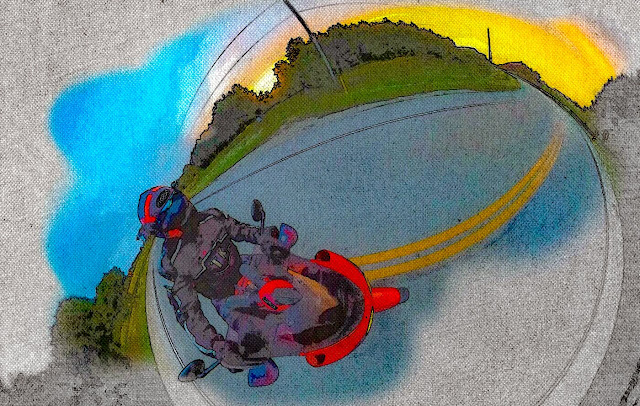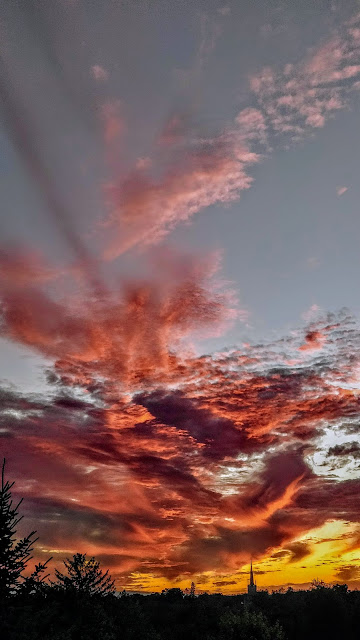 As we stagger towards reopening Ontario classrooms, which is something that, quite frankly, I want to see happen, I’m left wondering why a number of obvious things aren’t happening.
As we stagger towards reopening Ontario classrooms, which is something that, quite frankly, I want to see happen, I’m left wondering why a number of obvious things aren’t happening.
In early August we all got a summer cold, but being the pandemic summer that it is we were worried, so we drove twenty miles south to the nearest city and got tested at the nearest COVID test centre that yes, required us to leave our low risk rural area and drive into a city riddled with it.
 The testing centre wasn’t busy and was very efficiently run and we were in and out in about fifteen minutes. Seventy-two hours later we all had piece of mind knowing we were not infected. Considering how efficient the testing process has become and how important it is to ensure a safe environment, I’m at a loss to explain why no school board in Ontario is testing its face to face educators before we start up again. Speaking as a parent, it would be a relief to know that all the staff at my son’s school isn’t guessing they don’t have COVID19, they know it. Our approach to COVID is so low-resolution that its almost blind. It certainly isn’t cost effective.
The testing centre wasn’t busy and was very efficiently run and we were in and out in about fifteen minutes. Seventy-two hours later we all had piece of mind knowing we were not infected. Considering how efficient the testing process has become and how important it is to ensure a safe environment, I’m at a loss to explain why no school board in Ontario is testing its face to face educators before we start up again. Speaking as a parent, it would be a relief to know that all the staff at my son’s school isn’t guessing they don’t have COVID19, they know it. Our approach to COVID is so low-resolution that its almost blind. It certainly isn’t cost effective.
What a thing it would be to put out a press release saying all face to face staff have been tested and are COVID19 free prior to classes restarting. This could happen by school site or board wide, but it really should be happening. We’re all walking around school right now wearing masks and afraid of everything. Some piece of mind knowing we have a COVID-free site, even if it’s just in this moment, would be a welcome thing.
A friend who is a chef mentioned that she’s expected to be tested each week. This is yet another example of how businesses are expected to (and do) comply with public health, but Ontario’s school reopening plan (which has a number of medical experts concerned) seems to go out of its way to ignore the rules that everyone else is complying with. This virus is a slippery thing that ducks detection with a high number of asymptomatic carriers. How ignoring the medical directions that everyone else is following to deal with that slipperiness is anything other than political cynicism at its worst is a betrayal of the public trust. When things go wrong, and the biology suggests it will, I’m sure the weasels running this show will still somehow find a way to make it the teachers’ fault.

This absurd situation is in no way the fault of the school boards. My own board has done everything it possibly can with no centralized plan, insufficient funding and random changes in direction from our politically misguided Ministry. If the province wanted to pivot and stop playing political games with staff and students’ lives, aligning Ontario’s school opening plan with what’s happening everywhere is an obvious starting point. Working with local health units to provide onsite testing at schools would be a great next step. It would also offer a glimpse into what a more functional COVID19 world might look like in the coming year.
Solutions to viruses in the form of a vaccine don’t arrive with Dustin Hoffman on a helicopter, except in movies. In the world we actually live in we more often manage viruses with testing and social adaptation. Our focus on testing has been… poor, but there is hope. Rapid COVID19 testing is on the horizon and might get to market as soon as October. What might this look like? An automated, highly accurate, non-invasive testing system based on spit that provides results in seconds; that’s where the velvet rope comes in.
In my better Ontario we would be opening schools based on need rather than ramming through a poorly executed and underfunded plan that doesn’t even align with other public health rules. Classes that have to be face to face for liability reasons (I’m thinking technology and physical education specifically), should have priority in f2f classrooms. The other priority should be students in need. We should be reopening based on equity needs rather than doing this poorly designed full-court press. A cautious, differentiated f2f opening means our schools would stay open and the people who need them most would have access to them.
Students who are on the wrong side of the digital divide? Families who are working in essential services and need schools to normalize? Subjects that require the safety and expertise of a face to face classroom? These are where schools should focus their reopening, but Ford’s inequitable government can’t conceive of its responsibilities when it comes to addressing inequity.
Our staged, differentiated, equitable reopening would also include on-site testing which would increase as testing improves. Ideally, but the end of 2020, we’d have rapid on-site, automated testing at every public school in Ontario. When we know (not guess) that our schools are COVID19 free, we can relax all of the other expensive and restrictive practices we’re doing poorly, like PPE, social distancing and OCD levels of cleaning, and all students could return to a safe, normalized learning environment. Our current approach is expensive and not effective because we’re flying blind.
With cheap, effective, accessible testing COVID would stop sneaking around in asymptomatic carriers and spreading like it does. There might still be COVID19 outbreaks, but they would be quickly recognized and stopped. Carriers would be isolated and we’d finally have a handle on this thing. Rapid testing would lead to less transmission and take the wind out of the COVID sails.
After months of flinching everytime someone sneezes, imagine how it would feel knowing your kids were going to school in a COVID-free environment. Imagine how it would feel going out for dinner knowing everyone in the restaurant is green. Playing hockey knowing that everyone on the ice was COVID-free? Life as we once knew it could return and we could start to relax our blind, awkward and expensive social distancing/PPE/OCD cleaning scramble.
I have ten more years of teaching left and I have a number of things I want to achieve before I hang up my boots. There may be teachers who don’t ever want to go back, but I’m not one of them. We had a Skills Ontario championships and a pile of travel and learning opportunities taken from us by this lousy virus in 2020 and I want to get back to pushing pedagogy in a rapidly changing technological landscape and showing students that they can achieve things they never imagined. A staged return focusing on differentiation of learning based on student and curriculum need and then embracing rapid testing as it comes online in the next few months is how we can get there. What I fear is going to happen instead is that the current plan will cause schools to be shut down and emergency remote learning (which we’ve done nothing to prepare for) will land on us again by Thanksgiving. And a lot of people will get ill as a result.
 |
We need schools for students and programs that need that infrastructure to succeed, but throwing everyone back into it while ignoring public health requirements is going to cripple public education with another round of school closures and poorly delivered emergency remote learning that we’ve done nothing to resolve digital divide issues with. A differentiated, staged return with testing anyone?
|
from Blogger https://ift.tt/3lQ4Mzl
via IFTTT
